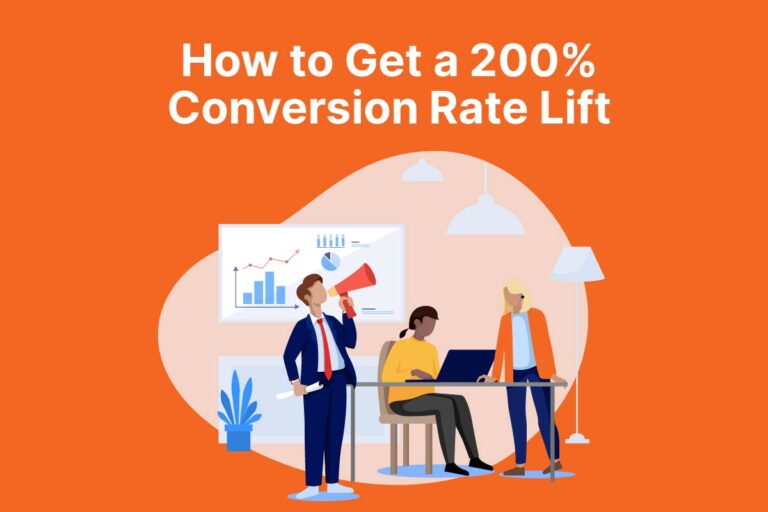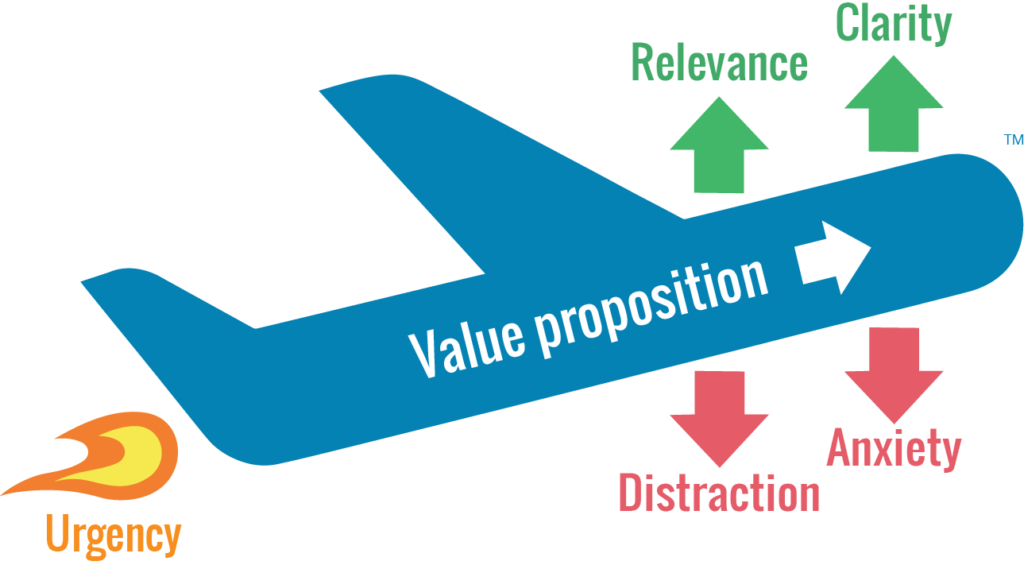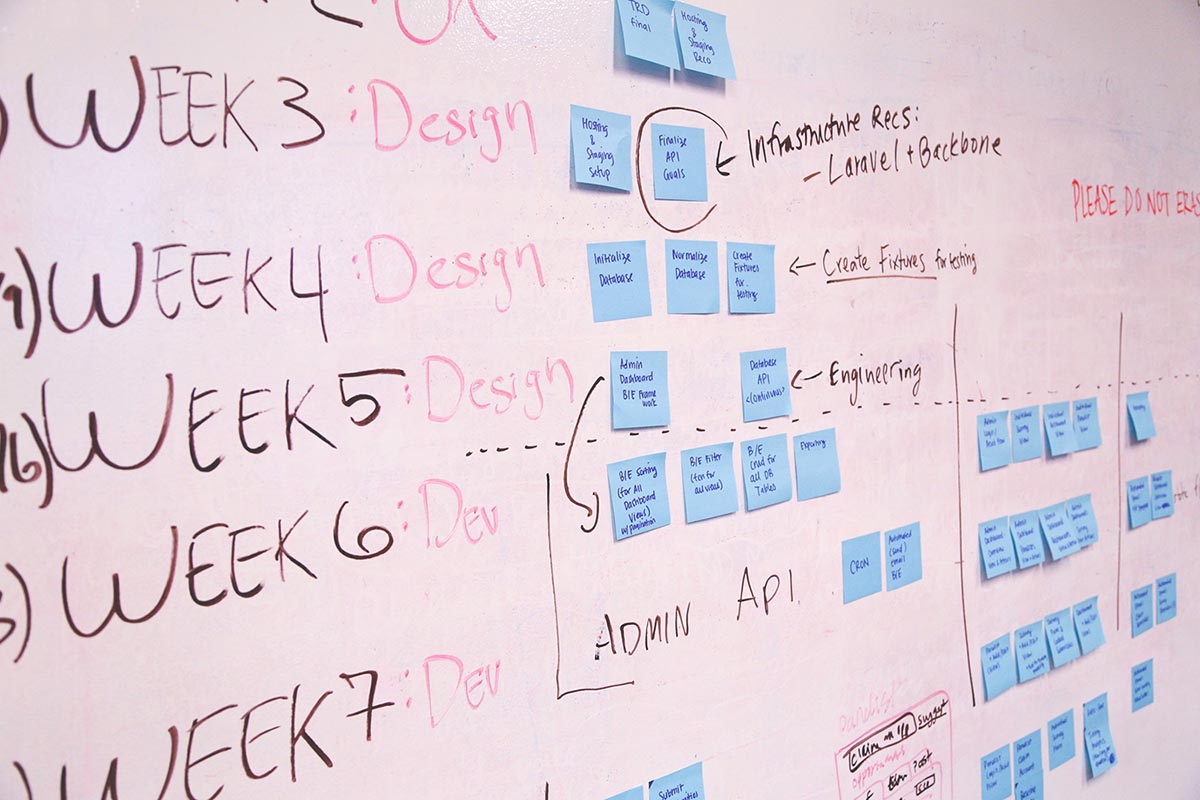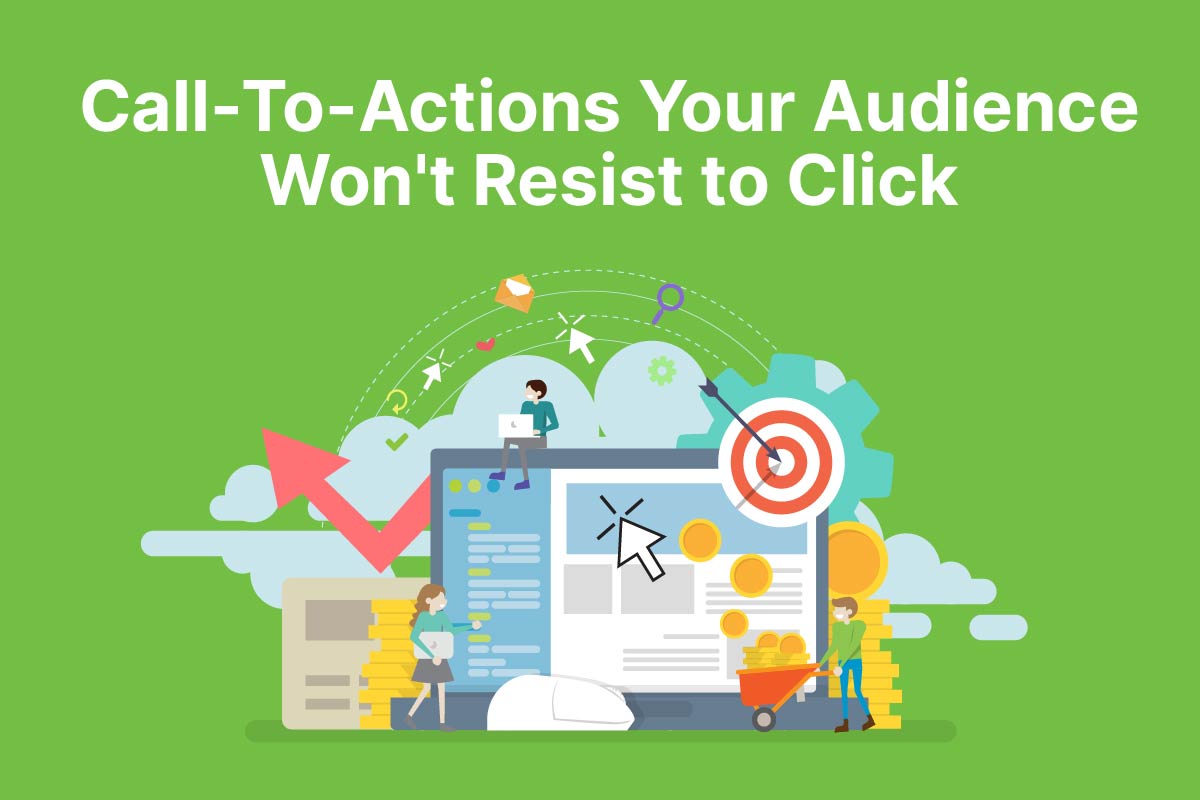Accelerate Blog / How to Get a 200% Conversion Rate Lift
How to Get a 200% Conversion Rate Lift
- Written by Keziah Cruz
- published on May 11, 2021

LiveChat is a great tool to invest in terms of online customer service or engagement. Whether it’s finding a product or technical support, the LiveChat tool can guide your customers step by step. Did we mention the tool also features text, video assistance, co-browsing, and screen sharing that will help you enhance your customer experiences? Yes, all those features are included depending on the commitment you subscribe to.
If you’re not turning visitors into buyers, what is the point of your marketing campaign? Conversion rate is a critical element of lead generation strategy. It enables you to maximize every cent of marketing spend by finding a sweet spot that persuades the maximum percentage of your prospects to act.
What is a good conversion rate?
If you’re already achieving 5% or even 8% conversion rates, is that a good conversion rate? What is considered a reasonable conversion rate? According to Wordstream, the average conversion rate is 2.35%, and the top 25% sites are converting at 5.31% or higher. But even if you compare conversion rates in the same industry, conversion is not apples to apples.
Each business has its own traffic volumes and traffic sources. Comparing your website to your competitor won’t help you increase those rates. The only answer to the question is to be better than the conversion rate you had last month. Remember, you are running your own race. The conversion rate of other sites has no impact on what you do since it’s not something you don’t control. But you do control your conversion rate.
Importance of Conversion
Conversion is all about persuading more of your website visitors to take the desired action you want them to take on a web page, website, or campaign. It’s a crucial element of success because it allows you to adjust your customer acquisition costs by gaining knowledge about how you can add more value to new visitors from the prospects and customers you already have. By optimizing your conversions, you can increase your revenue, acquire more customers, and grow your business’ brand reputation.
The Modern Approach of Conversion
Constructing a funnel that converts is the goal of every lead generation program. But how exactly do you craft a conversion funnel? How do you measure conversions? One of the most effective methodologies marketers live by is called the LIFT model.
What is LIFT?
Landing Page Influence Function for Tests or LIFT is a conversion framework developed by Chris Goward of WiderFunnel. It proved to increase conversion rates for their clients from 10 percent to 277 percent.
With web pages, your responsibility to continuously test your results and tweak is a must. But first, you need to structure a framework to identify where you would start and what you should test. The LIFT model answers these questions—providing you a structure that will help build a robust and effective conversion funnel.
When should you use the LIFT model?
Simple, whenever you want to optimize the conversion of your website or landing pages. LIFT is a go-to framework when you want to identify opportunities for testing hypotheses and designs.
Applying the LIFT model to test various tactics can make it easier for you to get into the minds of your website visitors. It will help you develop a strategy that can scale and give your website or landing page conversions a boost.
Six Factors of Conversion
The LIFT model uses six conversion factors. Let’s go through each of them.

Image from Widerfunnel
1. Value Proposition
Value Proposition is critical for every business, so does for good conversion. It is the reason why people buy from you and not elsewhere. Defining your value proposition is the heart of the LIFT Model. By simply answering the question “What’s in it for me?”, it provides you the steering wheel for conversion. You need to identify and define your value proposition and clearly express it on your website. It’s a cost versus benefit equation that nails down your target customers’ motivation.
2. Relevance
Now that you have the motivation of your prospects defined. What are the factors that will affect your website conversion rates? Does your offering supply the needs of your customers? Does your web page offer information they want to see?
The relevance of your value proposition and the context of the source media are critical. Your page must use words that your visitor understands and can relate to. You must focus on meeting your customers’ needs and be consistent with the incoming link. Or else your visitors will be disoriented and leave your website immediately.
3. Clarity
Clarity is often a factor that marketers struggle with. Does your visitor find what the value proposition is on-page? The key to clarity is ensuring design facilitates an easy gaze over your page. When working on a web design for clarity consider brainstorming with your team and evaluate if your web page and content accurately conveys your value proposition.
4. Urgency
Once you have clearly conveyed your value proposition on your website. Creating a sense of urgency should be on your plate. Urgency is about the tone of the page and the way you present your offer or information. You should direct your audience to immediate action. Remember to brainstorm amongst your team and create a sense of urgency using two components—how your visitor is feeling once they are on your website and how you can drive the visitor with action-oriented calls-to-action.
5. Anxiety
With the proper design and content, you build credibility and trust with your visitor, removing the anxiety that may affect your conversion rates. But how do you exactly remove anxiety in your visitors?
- Use the findings of user interviews.
- Ask for feedback from your sales team.
Doing the above will help you capture proper evidence to make your audience feel more secure with the offering, removing any possible anxiety factors.
6. Distraction
Every marketer’s challenge is standing above the noise. This also applies to your website or landing pages. The eyes of every user can be distracted by numerous CTAs, cluttered designs, and offensive colors.
To help you reduce distractions:
- Try putting yourself into the shoes of your website visitors.
- Let the website visitors see the clear, relevant, and urgent messaging.
- Place the critical messages beautifully and curtly manner that grabs visitors’ attention.
- Have a clean and lightweight design that will allow the users to focus on the message.
Final Thoughts
Conversion is a crucial element in every marketing campaign.
By optimizing your conversions, you can increase your revenue, acquire more customers, and grow your business’ brand reputation.
Adopting the LIFT model is one methodology you can use to attract, engage, and close more customers. It has allowed marketers to evaluate the performance of marketing assets—landing pages, forms, and website—from the visitors’ perspective and approached conversion optimization in a well-thought and structured way. It worked for different organizations; it can work for you too.
For more information on how you can apply this model to your lead generation programs, schedule a meeting with our experts to learn more.
Subscribe to our newsletter.
By clicking subscribe, you acknowledge Accelerate uses your information in accordance with its Privacy Policy. You may unsubscribe at any time using the link in our emails.



